Why Spain is a great place for kids
Choosing the city that's right for you
Choosing the visa that's right for you
More than just great weather
Why Spain provides a better quality of life
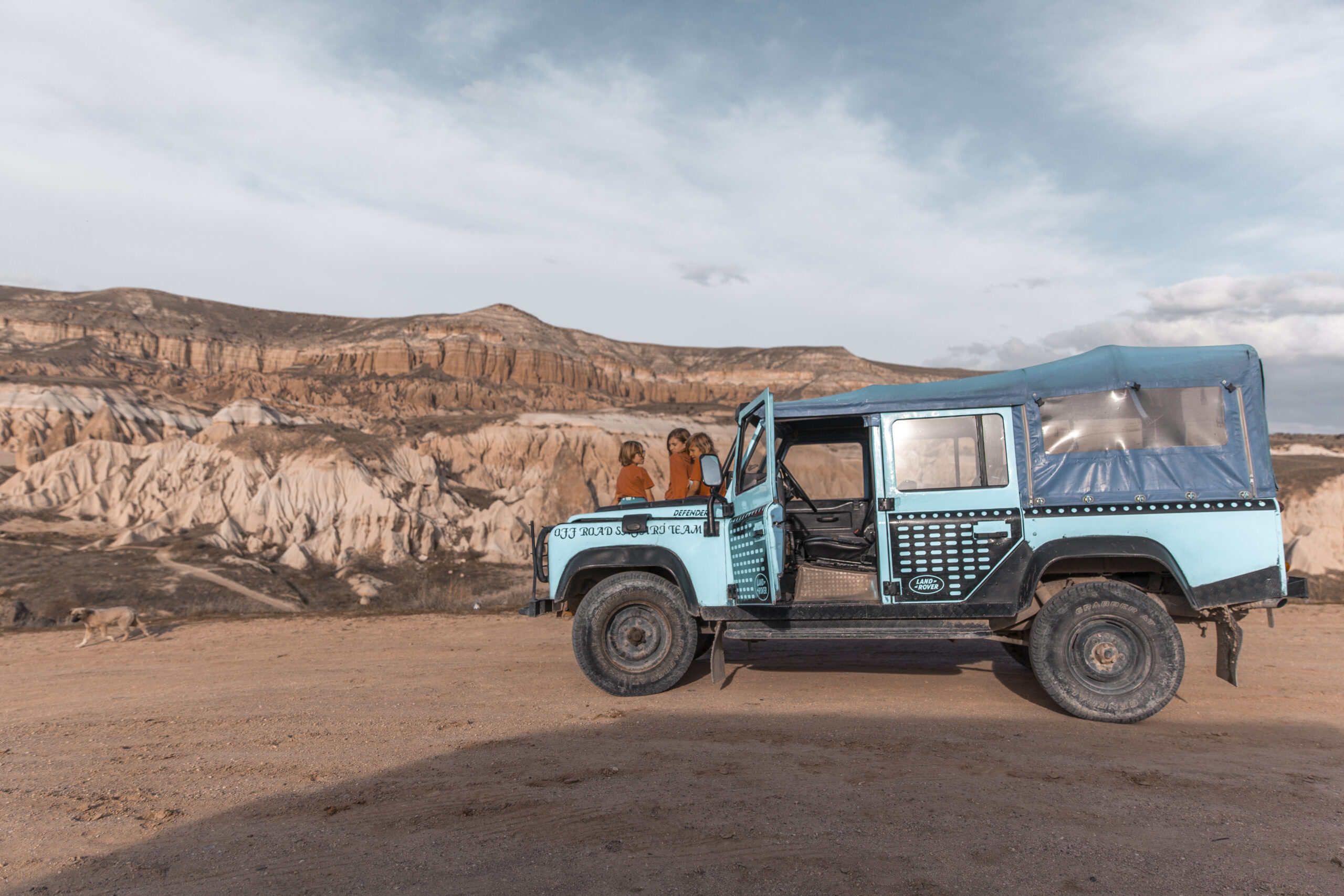
How we Plan
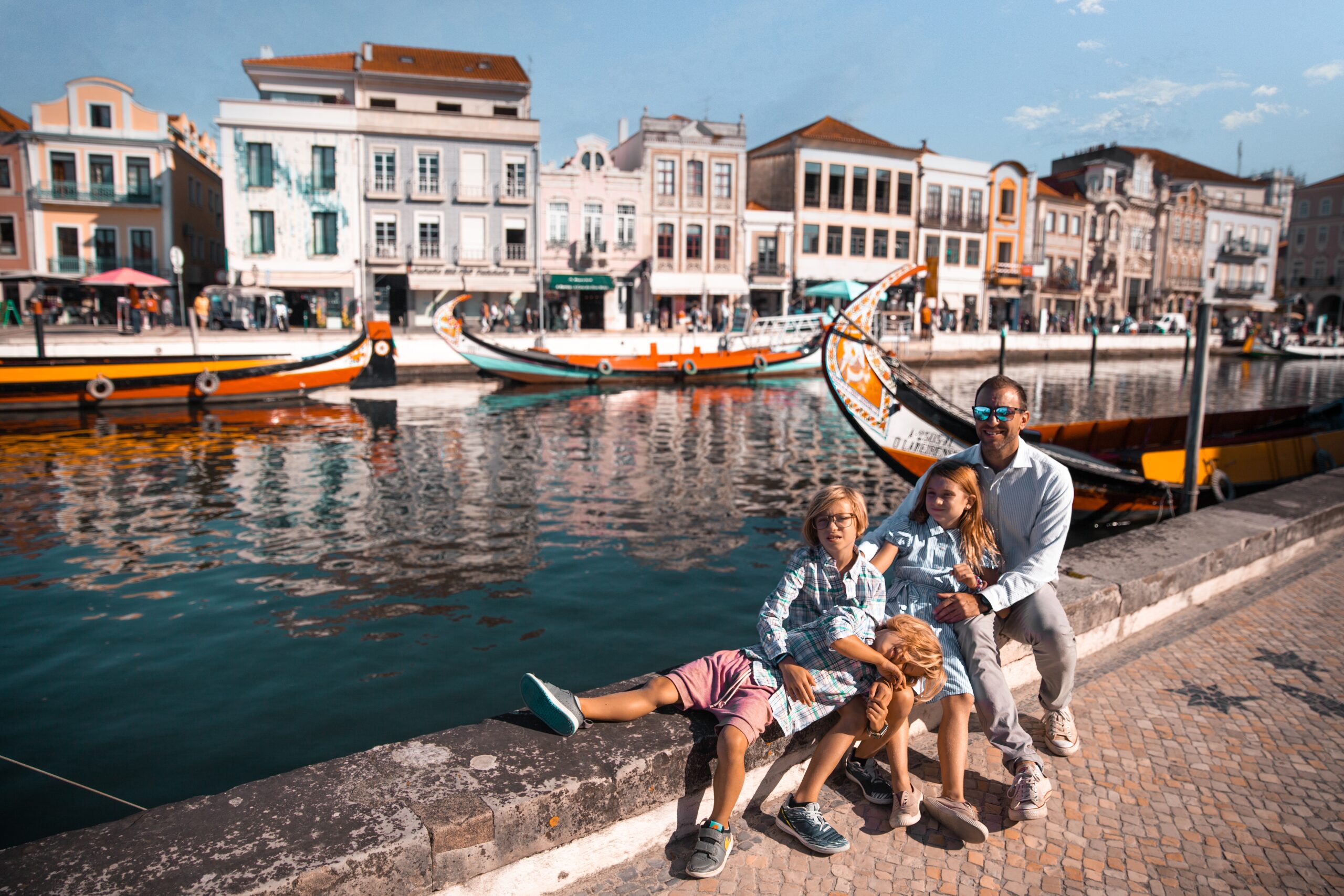
What we pack
Choosing Travel Insurance
Book Your Hotel
with Booking.com
Book Your Car
with RentalCars.com
Book Your Flight
with Skyscanner.com
Book Your Tour
with GetYourGuide.com
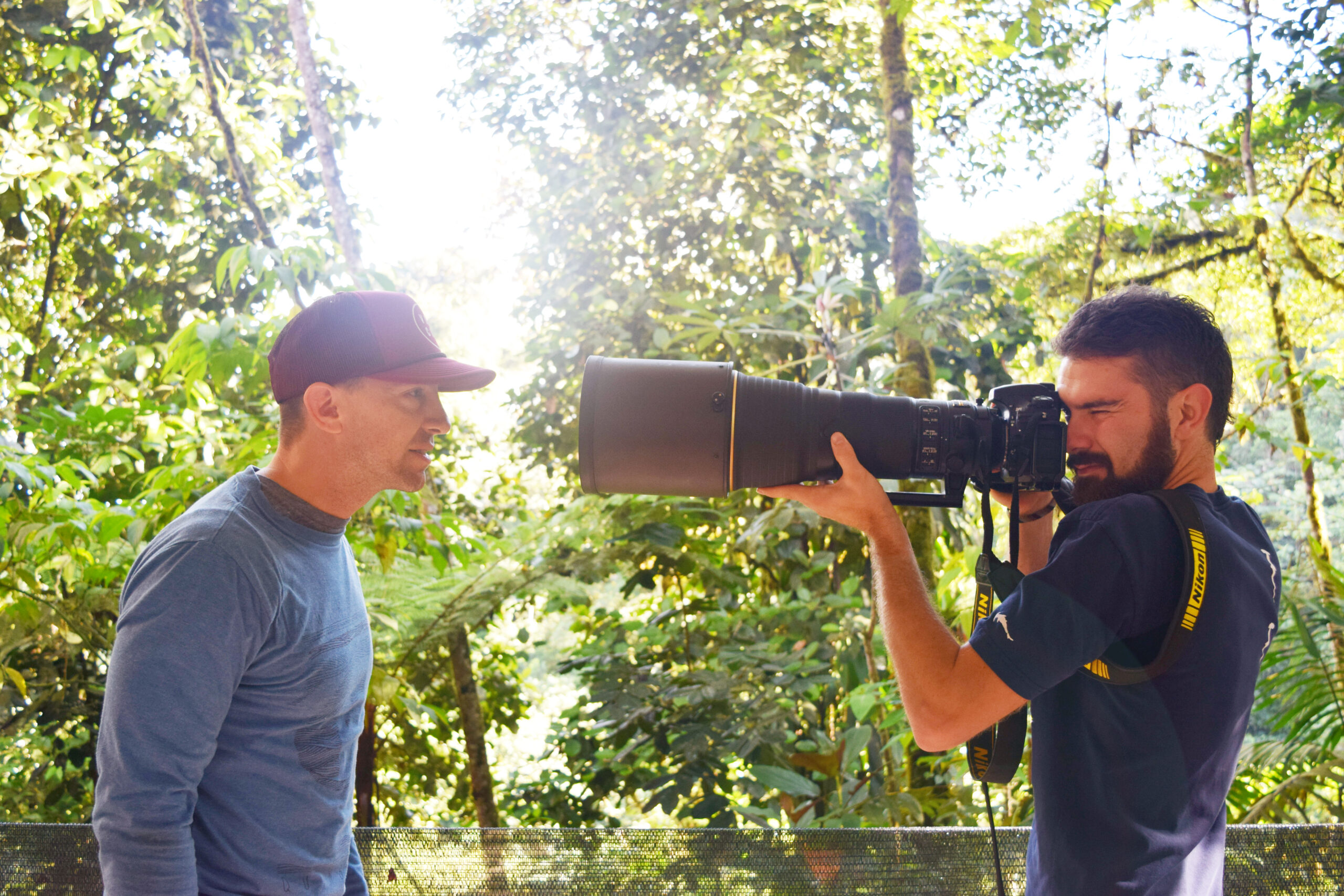
Our Camera Gear
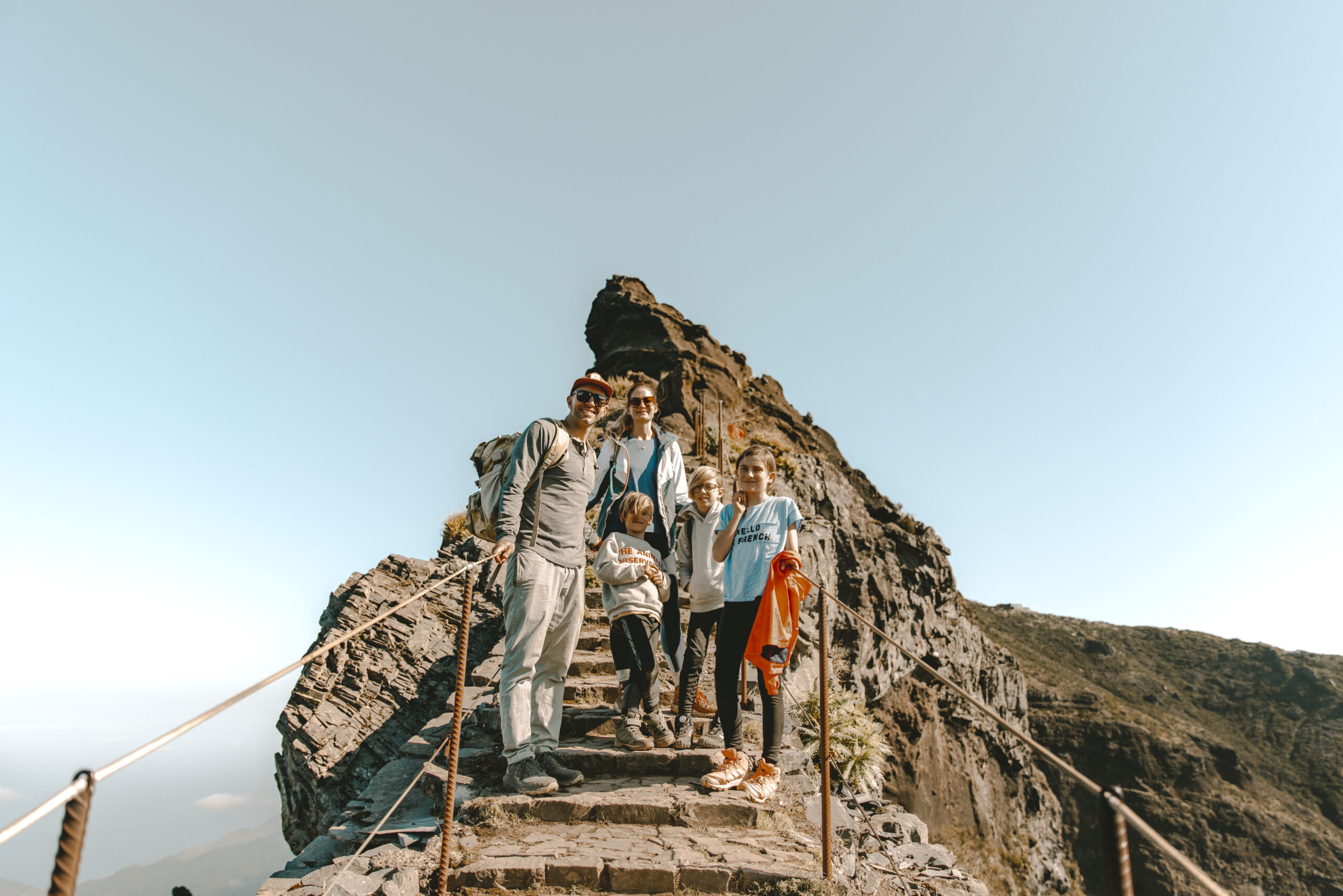
How We Fly
Choosing Your Destination
Family Guide to...
Czechia
Czechia, where fairy-tale castles, medieval towns, and charming cobblestone streets invite travelers to discover the rich tapestry of history, culture, and architectural wonders nestled amidst the picturesque landscapes of Bohemia and Moravia.
Map
Weather
Itineraries
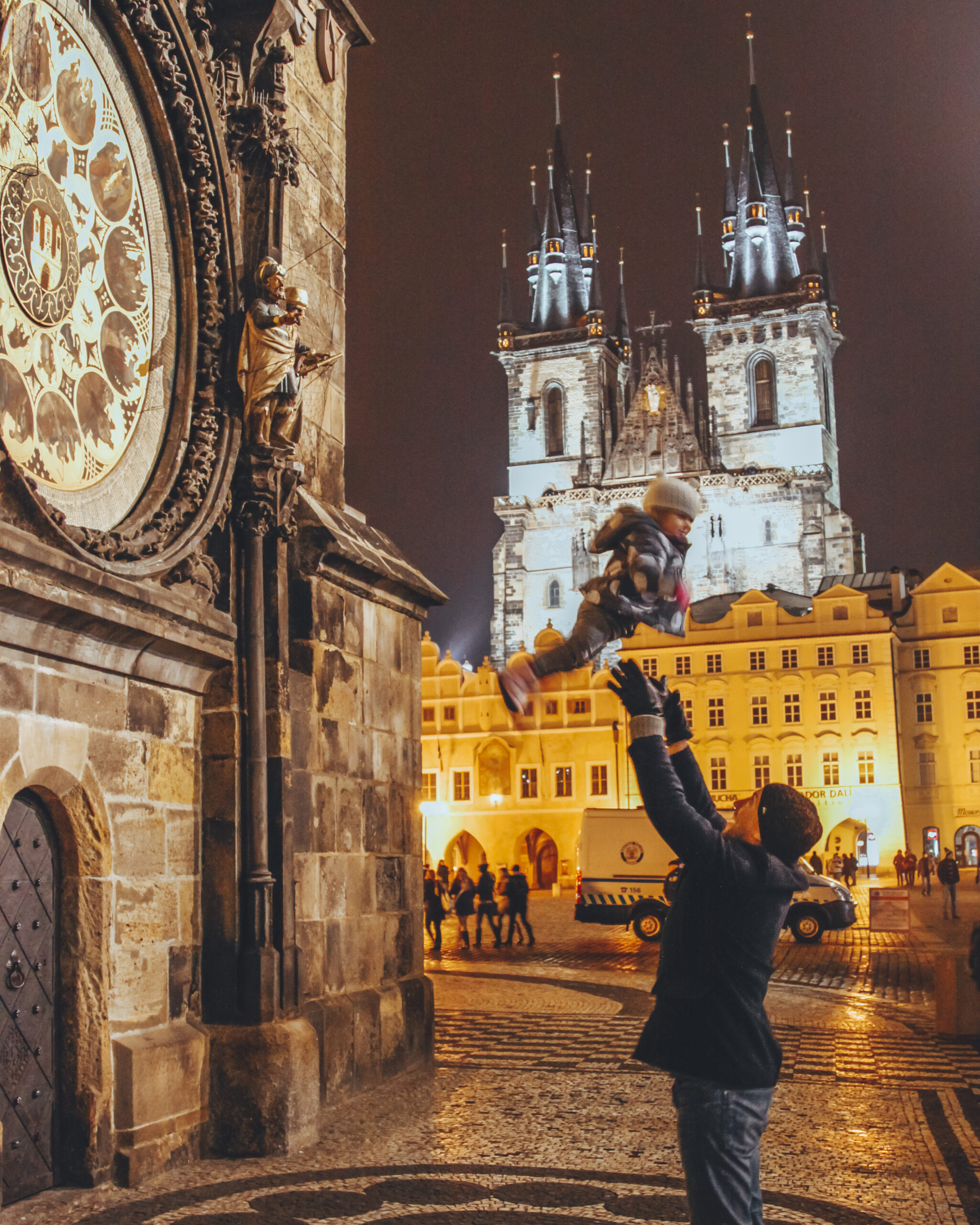
Coming Soon...
FAQ's
What are the main things to do with kids in Czechia?
Czechia, also known as the Czech Republic, offers a variety of fun activities for families with children. Here are some of the main things to do with kids in Czechia:
1. Visit Prague Castle: Explore the largest ancient castle complex in the world, which includes gardens, museums, and historical buildings.
2. Enjoy amusement parks: Visit places like Prague’s Výstaviště fairground, Mirakulum Park, or DinoPark.
3. Explore the Czech countryside: Go hiking or cycling in the beautiful Bohemian and Moravian landscapes, such as Bohemian Switzerland National Park or Moravian Karst.
4. Visit zoo and wildlife parks: Check out Prague Zoo, Dvůr Králové Safari Park, or Chomutov Zoopark.
5. Discover science centers: Engage in interactive exhibits at places like iQLANDIA in Liberec or Techmania Science Center in Pilsen.
6. Attend puppet shows: Watch traditional Czech puppet theater performances, especially in Prague.
7. Explore castles and chateaux: Visit fairy-tale-like castles such as Karlštejn, Český Krumlov, or Lednice.
8. Enjoy water parks and aquacenters: Have fun at Aquapalace Prague, Aquapark Olomouc, or Water World Kolová.
9. Learn about Czech history: Visit child-friendly museums like the Lego Museum in Prague or the Puppet Museum in Pilsen.
10. Experience festivals and events: Attend family-friendly events such as the Prague Fringe Festival or the International Folklore Festival in Šumperk.
What is Czechia famous for?
Czechia, or the Czech Republic, is famous for several things:
1. Prague: The capital city is known for its stunning architecture, historical landmarks like Charles Bridge and Prague Castle, and vibrant culture.
2. Beer: The country is renowned for its high-quality beer, with famous brands like Pilsner Urquell, Budweiser Budvar, and Staropramen.
3. Bohemian glass: Czech crystal and glass products are world-famous for their craftsmanship and beauty.
4. Literature: Czechia has a rich literary history, with notable writers like Franz Kafka, Milan Kundera, and Václav Havel.
5. Music: Classical composers like Antonín Dvořák and Bedřich Smetana hailed from Czechia, and the country has a thriving contemporary music scene.
6. Architecture: In addition to Prague’s well-preserved historical buildings, the country boasts numerous castles, chateaux, and UNESCO World Heritage Sites.
7. Sports: Czechia has produced many successful athletes, particularly in ice hockey, soccer, and tennis, with stars like Jaromír Jágr, Pavel Nedvěd, and Martina Navratilova.
8. Spa towns: Cities like Karlovy Vary and Mariánské Lázně are famous for their hot springs and spa treatments.
9. Moravian wine: The Moravia region in the eastern part of the country is known for its high-quality wine production.
10. Automotive industry: Czechia is home to Škoda Auto, one of the oldest car manufacturers in the world, and has a thriving automotive sector.
What power plug type does Czechia use?
Czechia, like many other European countries, uses Type E power plugs and sockets. This type is also known as the “French” type.
Type E plugs have two round pins and a hole for the socket’s male grounding pin. The pins are 4.8mm in diameter, 19mm in length, and spaced 19mm apart. The grounding pin in the socket is also 4.8mm in diameter.
The standard voltage in Czechia is 230 V, and the standard frequency is 50 Hz.
It’s important to note that Type E plugs are compatible with Type C (Europlug) and Type F (Schuko) sockets, which are also commonly found in Europe. However, Type C and Type F plugs might not fit into a Type E socket due to the socket’s male grounding pin.
If your devices have different plugs, you may need a power adapter to charge them in Czechia. It’s always a good idea to check the voltage and frequency requirements of your devices to ensure they are compatible with the local power supply.
Is Czechia safe?
Yes, Czechia is generally considered a safe country for both residents and tourists. It has a relatively low crime rate compared to many other countries, and violent crime is rare.
However, as with any country, it’s important to take standard precautions to ensure your safety:
1. Petty theft and pickpocketing can occur in crowded tourist areas, so keep an eye on your belongings and be aware of your surroundings.
2. Be cautious when exchanging money and using ATMs, especially in tourist hotspots, to avoid falling victim to scams or fraud.
3. Use licensed taxis or ride-sharing services, and be wary of overcharging or unlicensed drivers.
4. Avoid walking alone late at night in unfamiliar or poorly lit areas.
5. In case of emergency, you can dial 112 for the general European emergency line or 158 for the Czech police.
Overall, Czechia is a safe destination for travelers, and the vast majority of visits are trouble-free. As long as you exercise common sense and take basic safety precautions, you should have a pleasant and secure experience in the country.
It’s always a good idea to check your government’s travel advisory for the most up-to-date information and guidance before traveling to any foreign country.
What are the must-visit places in Czechia for a first-time visitor?
For a first-time visitor to Czechia, there are several must-visit places that showcase the country’s rich history, stunning architecture, and beautiful landscapes. Here are some top destinations:
1. Prague: The capital city is a must-see, known for its iconic Charles Bridge, Prague Castle, Old Town Square with the Astronomical Clock, and the Jewish Quarter.
2. Český Krumlov: This picturesque town in South Bohemia is famous for its stunning castle complex, charming old town, and the meandering Vltava River.
3. Kutná Hora: This medieval town is known for its UNESCO-listed historical center, the unique Sedlec Ossuary (Bone Church), and the impressive St. Barbara’s Church.
4. Karlštejn Castle: Located near Prague, this 14th-century Gothic castle was built by Emperor Charles IV and houses the Imperial Regalia and holy relics.
5. Brno: Czechia’s second-largest city boasts attractions like the Špilberk Castle, the Cathedral of Saints Peter and Paul, and the unique modernist Villa Tugendhat.
6. Olomouc: This charming Moravian city features the Holy Trinity Column (a UNESCO World Heritage site), several beautiful churches, and a well-preserved historic center.
7. Karlovy Vary: This famous spa town is known for its hot springs, stunning architecture, and the annual Karlovy Vary International Film Festival.
8. Bohemian Switzerland National Park: Located on the border with Germany, this stunning park offers breathtaking natural scenery, hiking trails, and the iconic Pravčická brána, the largest natural sandstone arch in Europe.
9. Pilsen: The birthplace of the famous Pilsner beer, this city is home to the Pilsner Urquell Brewery, as well as several historical landmarks and museums.
10. Telč: This picturesque town in Moravia is known for its stunning Renaissance chateau and the well-preserved historic square, which is a UNESCO World Heritage site.
These destinations offer a diverse mix of historical, cultural, and natural attractions that provide a comprehensive introduction to Czechia’s many charms.
Is it cheap to visit Czechia?
Compared to many other Western European countries, Czechia is relatively affordable to visit. However, the cost of your trip will depend on various factors, such as your travel style, accommodation preferences, and the specific activities you choose.
Some aspects of traveling in Czechia that are generally considered budget-friendly include:
1. Accommodation: While prices in Prague can be higher, particularly during peak season, overall, you can find reasonably priced hotels, hostels, and Airbnb options throughout the country.
2. Food and drink: Dining out in Czechia is relatively inexpensive, especially if you opt for local cuisine. Beer, a staple in Czech culture, is also quite affordable.
3. Public transportation: The Czech Republic has an efficient and reasonably priced public transportation system, which includes buses, trains, and trams.
4. Attractions: Many historical sites, such as churches and some museums, offer free entrance or have low admission fees.
However, keep in mind that popular tourist areas, particularly in Prague, can be more expensive than the rest of the country. Prices for accommodations, meals, and some activities in these areas may be higher.
To help manage your budget, consider:
1. Traveling during the shoulder season (spring or fall) when prices may be lower.
2. Staying in smaller towns or cities outside of Prague.
3. Opting for budget-friendly accommodations like hostels or self-catering apartments.
4. Enjoying free activities, such as exploring neighborhoods on foot, visiting parks, or attending free cultural events.
Overall, while Czechia is not the cheapest European country to visit, it offers good value for money, especially when compared to many neighboring countries in Western Europe.
What is required to travel to the Czechia?
The requirements for traveling to Czechia depend on your country of origin, the purpose of your visit, and the length of your stay. Here are some general guidelines:
1. Passport: All visitors must have a valid passport that remains valid for at least 3 months beyond the intended stay.
2. Visa: The visa requirements vary depending on your country of origin.
– EU/EEA and Swiss citizens do not need a visa for stays up to 90 days.
– Citizens of many countries, including the USA, Canada, Australia, and Japan, do not need a visa for tourist or business stays up to 90 days.
– Citizens of other countries may need to apply for a Schengen visa before traveling.
3. Travel insurance: While not mandatory, it is highly recommended to have travel insurance that covers medical expenses and trip cancellations.
4. Proof of accommodation: Border officials may ask for proof of accommodation, such as a hotel reservation or a letter of invitation if staying with friends or family.
5. Sufficient funds: Visitors should have enough money to support themselves during their stay. Border officials may ask for proof of sufficient funds.
6. COVID-19 requirements (as of August 2023): The situation is subject to change, so always check the latest updates before your trip.
– There are no COVID-related entry restrictions for travelers.
Please note that these requirements are subject to change, so it’s essential to check with the Czech Embassy or Consulate in your country for the most up-to-date information before your trip. Additionally, if you plan to work, study, or stay longer than 90 days, you may need to apply for a specific visa or permit.
What are the travel restrictions to Czechia?
There are currently no COVID-19 related restrictions to enter Czechia. This means you don’t need to show proof of vaccination or a negative test to enter the country.
However, Czechia is part of the Schengen Area, so you will need to make sure you meet their entry requirements. For US citizens, this means your passport needs to be valid for at least six months beyond your arrival date and you may need to show proof of sufficient funds for your stay.

